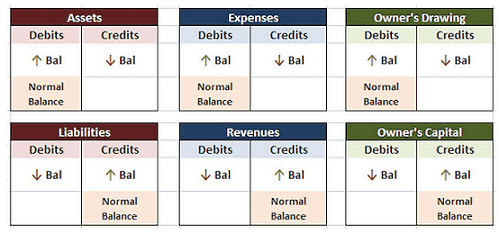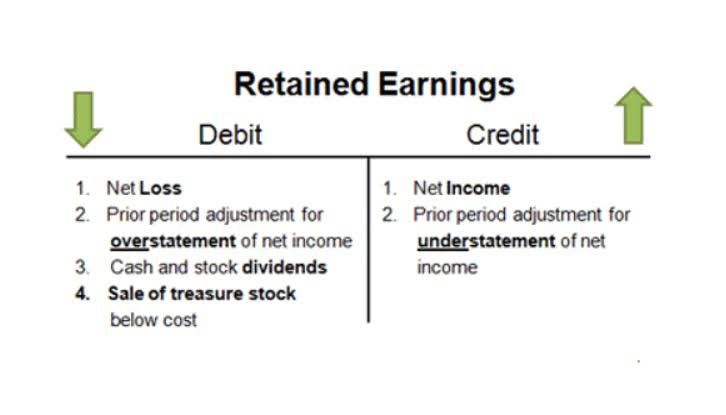
It helps businesses manage ongoing construction expenses before the project is completed. The accounting for construction in progress for such businesses is a little bit complicated. In the world of construction, long-term projects require precise financial tracking to ensure compliance with accounting standards.
What are the Key Components of CWIP?

Construction in progress accounting involves keeping a detailed record of all expenses incurred while constructing a long-term asset. These expenses are reported under the “property, plant, and equipment” section of the balance sheet. Assets under construction are those not yet ready for use, potentially among the largest fixed assets a company holds.
Account

In this blog, we will discuss the instances when construction in progress is used by the business. The international financial reporting standards dictate the recording of percentage completion in financial statements. A construction company might come to your mind by reading the phrase “Construction In Progress.” Indeed, construction in progress accounting is mostly used by construction firms. Besides business dealing in building huge fixed assets, also use construction in progress accounting. Once the client is satisfied with the work, final approval is given, signifying the official completion of the construction project. They require careful consideration and meticulous planning to ensure the project’s feasibility and success.

Everything You Need To Know About Construction In Progress (CIP) Accounting
For example, the company must not only assess the financial value of incomplete goods but also Accounting for Churches estimate what percent complete its products are. As this phase is meticulously carried out, the project moves closer to completion, paving the way for the final steps of finishing touches and preparation for handover. These inspections, conducted at various stages of the construction process, ensure that the work complies with architectural and engineering designs, building codes, and other regulatory requirements. Compliance checks involve scrutinizing the quality of materials, the accuracy of installations, and the overall workmanship.
This includes expenses that occur after construction is completed, but the asset isn’t put in service yet. CIP is classified as an asset rather than an expense, representing the company’s investment in ongoing projects. This classification separates CIP from operating expenses, highlighting financial commitments toward incomplete projects. Since construction projects are often multi-phase and lengthy, CIP accounting monitors these costs as assets, simplifying capital investment tracking. When a project is complete, the cumulative CIP balance transfers to a fixed asset account, and depreciation begins. Construction in progress (CIP) refers to the costs incurred for ongoing construction projects that are not yet completed.
Business Scenario:
Such disclosures offer valuable insights into the financial health of individual projects, allowing stakeholders to gauge their profitability and potential impact on the company’s bottom line. Work in progress is sometimes used to refer to assets that require a considerable amount of time to complete. The underlying assumption regarding work in progress is that there is a larger project framework in play that requires a construction in process heavier investment in time for the process. Although some companies use more specific types of general ledger accounts for construction projects, a large build may be considered an example of work in progress. This account of inventory, like the work in progress, may include direct labor, materials, and manufacturing overheads. A company often uses internal allocation methods to determine the estimated financial value of work in progress.
- This organization allows project managers to assess financial health at each stage and make informed decisions.
- The IAS 11 construction contract is a comprehensive document dictating the complete accounting for construction in progress.
- Managing Construction-in-Progress (CIP) in a multi-project environment introduces additional layers of complexity that require sophisticated strategies and tools.
- While costs are being accumulated in the construction work in progress account, do not commence depreciating the asset, because it has not yet been placed in service.
- Despite not being completed or operational, it’s recorded within the PP&E section, encompassing long-term assets used to generate revenue over multiple periods.
It would be unrealistic for the business to record no revenue for the years they are working on the ship and then record a few million dollars in the year the ship is finished. Instead, they recognize revenue and expense by allocating it to accounting periods over the life of the project, based on how much of the project is finished. The capital costs are debited to construction in progress and in most cases credited to accounts payable. The credit side of this entry might be to cash if paid for immediately or to the business’s inventory if it used the inventory assets in the construction. This could occur, for example, if a building supply company determines that its cheapest route for drywall is to use its supply that it would normally sell in its normal business operations.
Developers and manufacturers take raw materials and convert them into finished goods. Depending on the scope of the undertaking, they may be better suited to report work in process or work in progress. Work in process usually refers to more standardized manufacturing practices of smaller products, while work in progress usually refers to larger, longer builds of more technical assets. In recording transactions both cases, a company develops an asset but the reporting and accounting treatment may vary.
